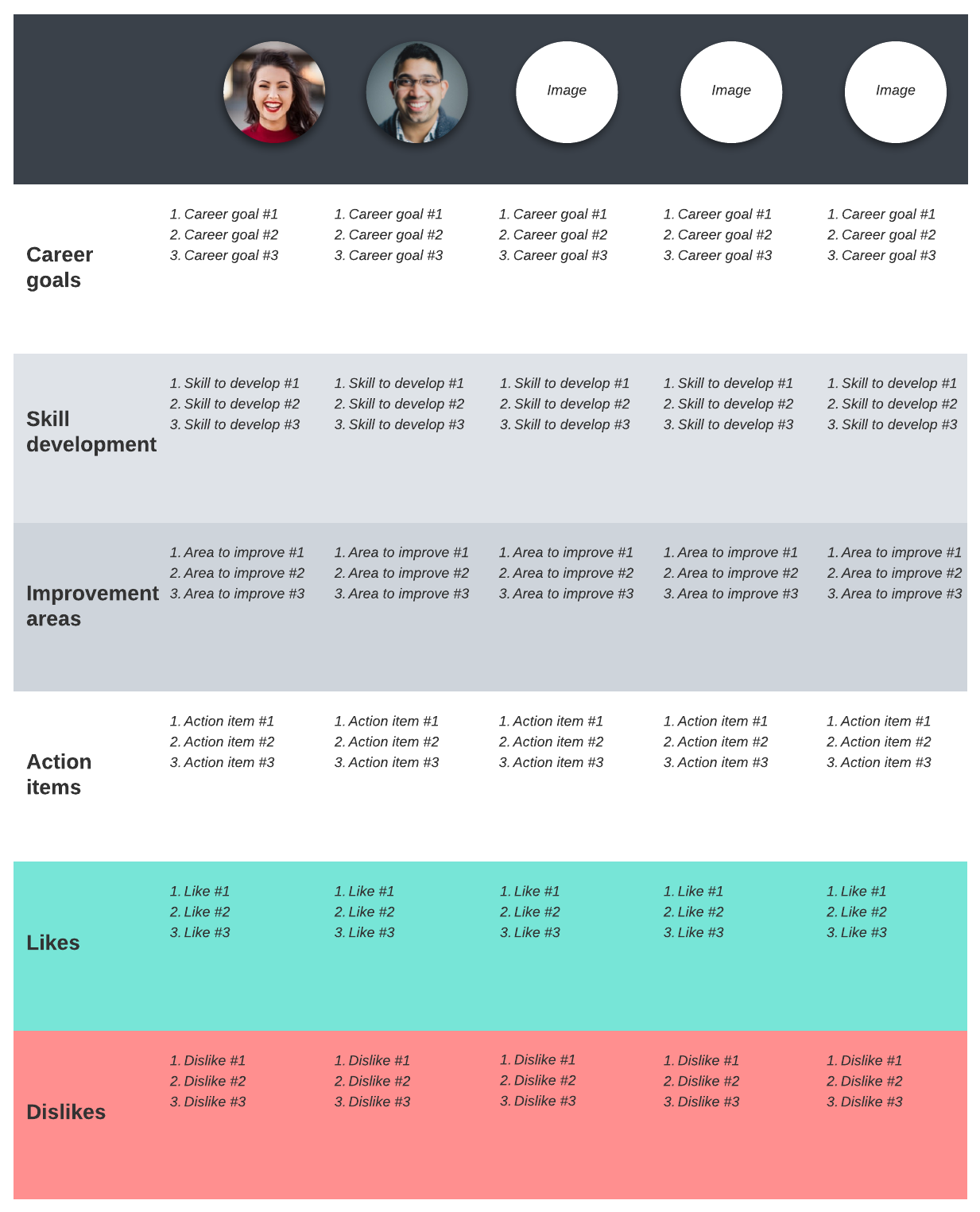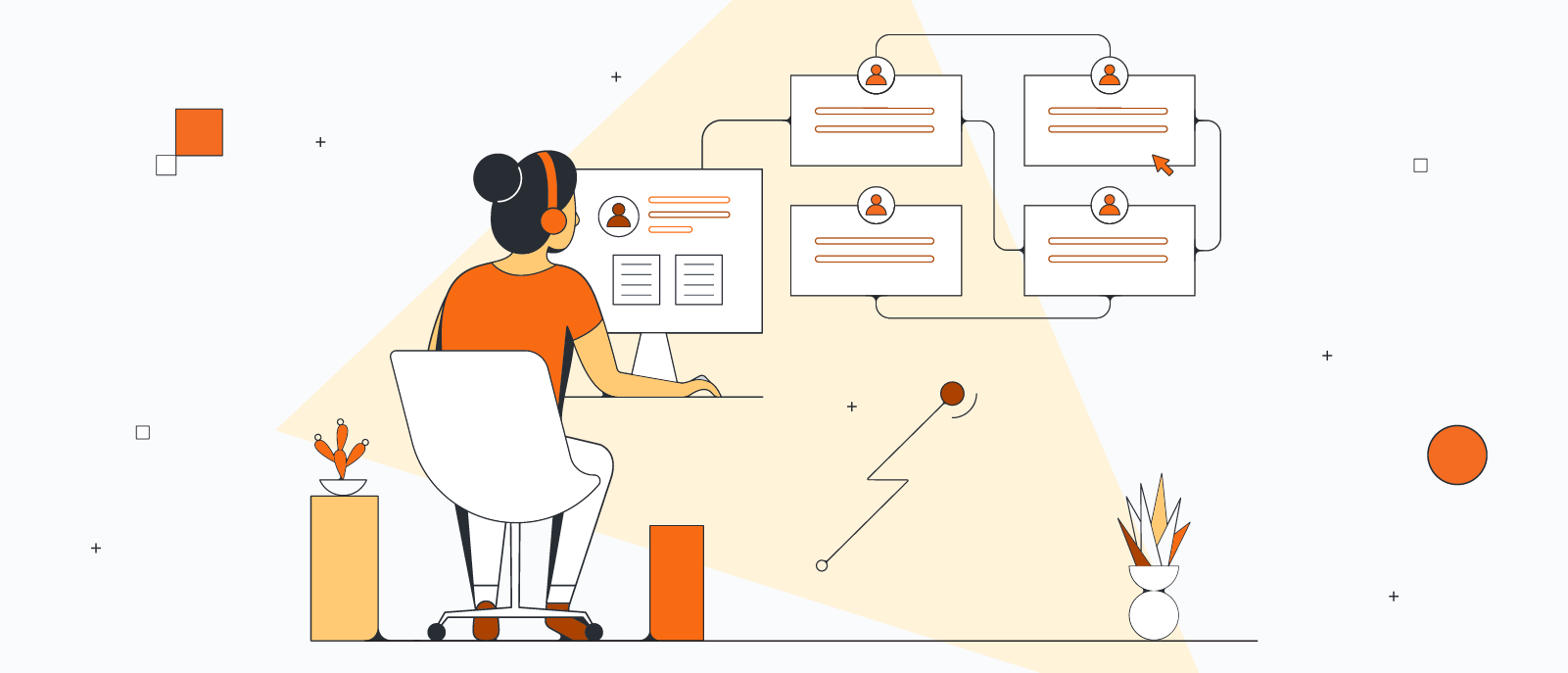Are you ready to level up your performance management process?
Performance management is a crucial part of a successful and profitable company. Yet, while 98% of organizations believe performance management is important, only 31% focused on employee development in 2022. Even among those that do prioritize performance management, achieving the desired results is a challenge. For instance, a study by Harvard Business Review Analytic Services found that over half of businesses set productivity as a primary goal of their investments in performance management—yet only 31% of organizations improved productivity as a result of their efforts.
Businesses need to bridge that gap. The key is to turn your review process into a useful endeavor for both employees and managers to increase engagement and gather meaningful results.
But that's easier said than done. So what can you do?
The performance development planning (PDP) process reduces the inefficiencies and inaccuracies of the traditional annual review process and empowers employees and managers alike to take a proactive approach to performance management.
What is PDP?
A performance development plan is a tool for improving employee performance. The PDP process helps managers and employees identify areas for improvement, set goals, measure progress, and outline a strategy to achieve those objectives.
Performance development planning is usually held quarterly (coinciding with regular quarterly performance reviews), allowing employees and their managers to track progress and make adjustments as needed.

Benefits of work development plans
Performance development plans are a great way to improve and measure performance across an organization. The many benefits to PDPs include:
- Better alignment with team and organizational objectives
- Measurable progress and results
- Accountability
- Strategic employee development
- A clear roadmap for reaching goals
The development planning process empowers employees to direct their personal and professional development within the organization. It is a valuable tool for both managing and correcting performance as well as stretching your team and inspiring growth.
It provides an opportunity for employees (and managers) to evaluate their own careers and professional goals so they can make more meaningful and effective contributions.
Who is involved in the development planning process?
Typically, managers and other business leaders spearhead the PDP process with their staff.
You will review your employees’ previous performance plans to identify opportunities for improvement and outline recommendations before meeting with them. Then, together you will review their performance and map out a development plan going forward.
Types of development opportunities
There are many ways to develop skills and improve performance outcomes.
As you and your employees identify key goals to work on in the coming year, consider incorporating the following activities into your performance development plan:
- New projects or responsibilities
- Workshops
- Seminars
- Professional conferences
- Certification
- Mentorship
- Volunteer work
Each activity provides opportunities for developing expertise, learning new skills, and sharing talents within or outside of the organization.
Steps to the PDP process
As a manager, you will take the lead in this process, reviewing performance and making recommendations to help your employees customize their personal performance plans.
Let your team know when you will be conducting performance reviews well in advance (at least two weeks), and have them prepare their own performance development plan drafts for your review.
Have your team follow these steps so your PDP meetings are most effective:
1. Review performance
Employees should first review their performance over the last quarter (or whatever period you’re tracking) and evaluate what went well and what didn’t, and what they would like to focus on in the coming quarter.
Tip for managers: Provide a brief performance review summary for employees beforehand to give them direction as they prep their reports. (This document should outline opportunities you’ve identified for improvement or growth). That way, you’ll be on the same page when you meet together.
2. Identify goals for improvement
Next, employees should make goals based on the areas they want to improve (or performance issues noted by their manager). Usually, one to three goals for each “improvement category” is sufficient.
Keep in mind that goals should be specific, aligned with the organization’s goals, and realistic. It’s good to have goals that stretch your employees, but they must also be attainable within the given timeframe and based on available resources. Consider using the SMART goals framework to help your team members set goals they can reasonably achieve.
Managers can help their team hone their objectives so that they make sense for both the individual and the team or organization as a whole.

3. List actionable steps to achieve those goals
Under each goal, employees should list specific steps they will take to achieve their goals. Without an actionable plan, it will be difficult to make or track progress.
There are many activities that can help employees improve their performance. Here are just a few steps they might consider:
- Attending workshops or seminars
- Getting trained (or re-trained)
- Working with a mentor
- Volunteering for special projects
4. Define metrics and milestones
With clear goals in mind and a plan in place, employees must now define the specific metrics or milestones they will use to measure their progress throughout the quarter.
In other words, how will they know when they have achieved a goal?
A few ways to track progress include:
- Performance results
- Skills development
- Completion of certain tasks
How you measure goals will depend on the objective. Managers should help employees tighten their metrics and clarify their standards so they can confidently work towards their goals.
5. Identify what support and resources are needed
A performance development plan should also outline what resources employees will need to be successful. In other words, what will it take to implement your employees’ plans?
Types of resources employees need may include:
- Time away from their regular assignments
- Travel costs
- Supporting roles (e.g., mentors, coaches, trainers, teachers, team members)
- Additional tools (e.g., new software or equipment)
- Regular check-ins with you
If your team or organization can’t provide the support your employee needs, you will need to work with them to adjust their goals or plan of action to something more attainable.
6. Review and finalize the plan
With goals set and a plan in place, it’s time for the employee to present their PDP to their manager.
Together, you and your employee should review the plan to make sure their goals are appropriate and aligned with the organization, iron out any kinks, and finalize the plan of action.
As you review their PDP, consider the following questions:
- Does the employee understand their performance issues and your expectations for improvement?
- Do their goals relate to those performance issues?
- Is their plan for achievement clear and focused? Are the steps specific and actionable?
- Can they measure their goals accurately and confidently? Is there any way to make their goals more quantifiable?
- Do you both agree on the timeline and milestones for achievement?
- Can you provide the resources necessary for your employee to be successful?
Depending on your answers, you may have to work with your employee to revise their goals or plan of action.
Once the plan is finalized, be prepared to check in regularly with your employees to make sure they are on track and have the resources they need to succeed.
Performance reviews and goal-setting can be overwhelming for both managers and their employees. But with a well-thought out performance development plan you can make all the difference helping employees achieve their professional goals and increase engagement.

Map out your past, present, and future career path to achieve your professional goals.
Get started todayAbout Lucidchart
Lucidchart, a cloud-based intelligent diagramming application, is a core component of Lucid Software's Visual Collaboration Suite. This intuitive, cloud-based solution empowers teams to collaborate in real-time to build flowcharts, mockups, UML diagrams, customer journey maps, and more. Lucidchart propels teams forward to build the future faster. Lucid is proud to serve top businesses around the world, including customers such as Google, GE, and NBC Universal, and 99% of the Fortune 500. Lucid partners with industry leaders, including Google, Atlassian, and Microsoft. Since its founding, Lucid has received numerous awards for its products, business, and workplace culture. For more information, visit lucidchart.com.
Related articles
6 steps to enhance your employee review process
92% of employees agree that they would be better motivated by more constructive feedback. Follow these steps for a more effective employee performance review.
How to make a career plan [+templates]
Successful careers are often the result of planning. Here’s how you can make a career plan (plus some templates you get you started).

